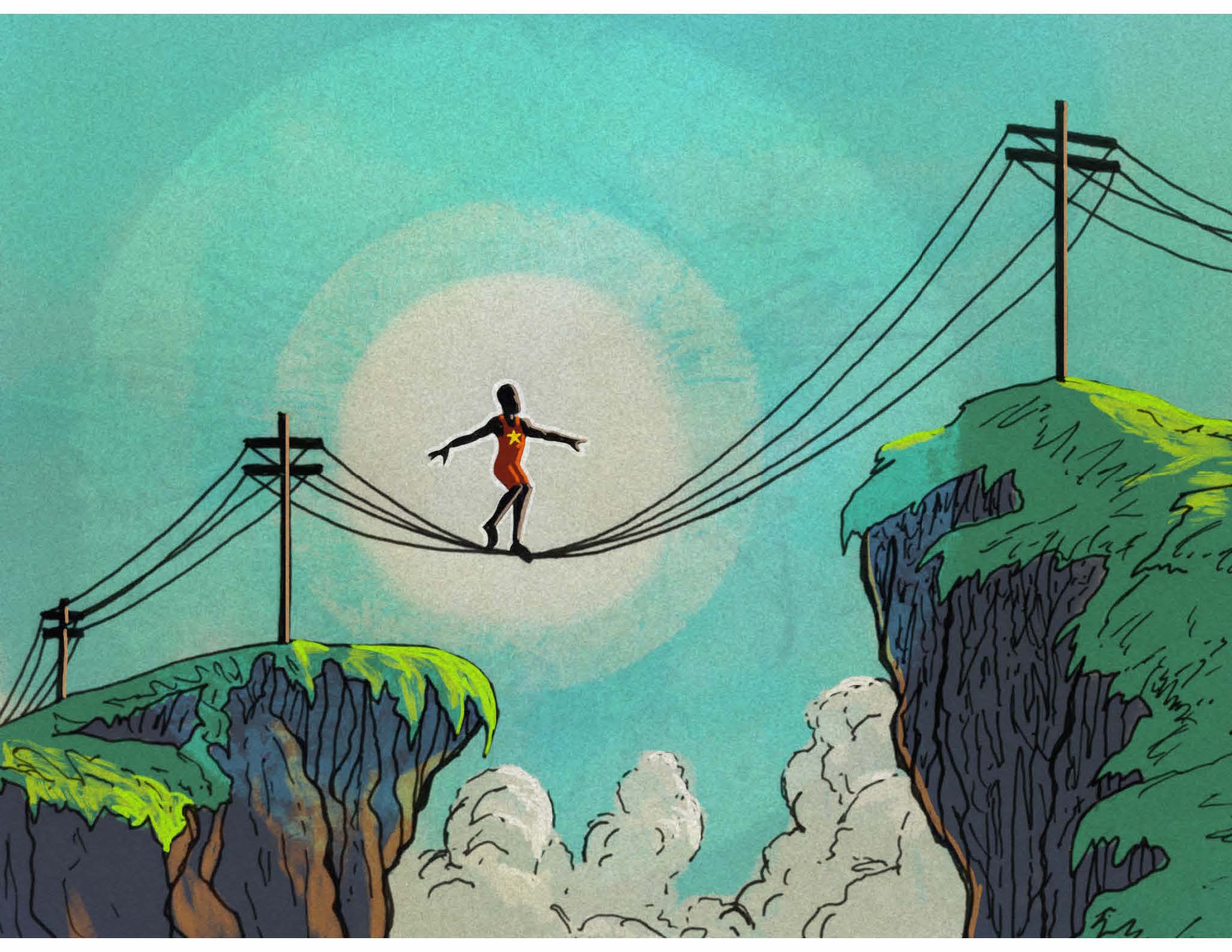Bill Meehan, Utilities Solution Director at Esri was tapped for this guest post regarding how a GIS can provide utilities with a tool to turn out sophisticated risk analyses on their business.
GIS gives utilities a repeatable means of mitigating risk and minimizing surprises.
The probability something bad will happen makes us think of our protectors: insurance companies. Insurance companies accumulate the combined risk of policyholders. Insurers lose money if bad things happen. They make money if bad things don’t happen.
Some say utilities are risk averse. It’s true utilities historically are conservative. They avoid taking actions that could trigger unwanted consequences. The problem is, the cost of remaining conservative rises constantly.
Given recent economic troubles, utilities must learn to avoid negative consequences while also avoiding overspending to do so. The situation gets worse when you consider utility infrastructure ages faster than many utilities can afford to replace. So as facilities enter disrepair, hazards abound. Reliability suffers.

What happens?
Power failures, gas main breaks, fires, substation flooding, transformer leaks contaminating sensitive wetlands, sabotage, cyber attacks, theft of current. It’s enough to keep any executive up at night.
How can anyone manage these risks?
Utility Risk and Location
Insurance companies have always dealt in the business of risk modeling. They understand a simple truth: The more you know, the more accurately you calculate risk. If an insurance agent assesses the risk of a building fire, that agent looks at maintenance records, code violations, a greasy rag hunkering beside a furnace.
That agent might even check neighborhood crime statistics, gang activity, nearby graffiti, and other suspicious fires in the area. Demographics, like income and age distribution, get checked. Anything that could contribute to a building fire gets documented. The more they know, the more accurate their risk of having to pay out. The higher the risk, the costlier the premium.
Condition and location determine risk. Simple.
As utilities mitigate risk, they must look at both. They need to know condition and location of facilities and which hazards lurk nearby. They need to run a proximity analysis—one of the most common spatial-analytic functions in GIS. Only then they can perform a weighted overlay analysis to combine risk factors (another common spatial-analytic function).
A Transmission Example
Recently, I visited a sophisticated transmission-operations control room. The staff constantly performed real-time power flow studies. They did contingency analyses and ran scenarios of what might happen if a certain transmission line, for instance, tripped out. I asked one dispatcher which of two lines had a higher risk of failure.
The utility didn’t look at that, he said. Line One caused more concern than Line Two, overall. But the dispatcher had no insight into the relative risk of failure of one line over the other.
But think: If Line Two had higher risk of failure (much like a creaky house with a greasy rag by the furnace), then that could change operational decisions. The dispatcher agreed but stated the control room didn’t have that kind of data or the means to determine relative risk.
Ironically, they did.
GIS can take common utility data and turn out sophisticated risk analyses. That is, GIS can do more than make maps. It can take a whole host of organizational and external data from the web, run advanced spatial analytics, and display results in the control room or over a tablet – anywhere.
GIS can do for utilities what assessors do for insurance companies every day. GIS can scour internal databases and the web for datasets, including maps of lightning strike history, floods, wildfire zones, earthquake shakes, high-crime areas, and real-time weather services.
Utilities can then see where a critical transmission line crosses potential hazards, like a river or nearby steep slope. They can assess areas where it might be easy to fix a transmission line compared to one where they need a helicopter. Utilities can combine this data in the GIS to discover what parts of the system are more at risk than others.
They can disseminate this knowledge throughout the organization. A gas company can assess high-pressure transmission lines crossing heavily traveled highways. They can see where regulator stations are at risk of flooding during a 100-year storm.
Risky Business
Insurance companies hate surprises more than anything else. Surprise is another term for the failure of a risk model. Surprises happen when someone forgot to include a factor, like finding that greasy rag, in the model. A transmission surprise might be learning your line is under threat of a wildfire. This could surprise the operator only if fire zones weren’t included in the risk analysis.
I encountered my share of surprises when I ran operations for a power company. I discovered something about risk though – that it can be simple. Know where your stuff is. Determine its condition. Identify all threats. Then perform advanced spatial analytics in your GIS to combine all factors, using common spatial tools (e.g., proximity, buffering, overlay, heat maps, cluster maps, and so on) to build your risk scores. Then, like the insurance companies, you have a standard, repeatable means of mitigating risk, minimizing surprises, and sleeping soundly.
Learn more about how ArcGIS for Electric helps utilities determine risk and assess distribution-system vulnerability here.


Michael A Twohig says:
I agree with your article that utilities have the power to mitigate the risks but I would challenge you that the real truth in the article is that no one is really looking to implement any major change. PG&E are a perfect example of the industry where no major change happens unless it is spurred on by loss, litigation and major consequential damages (no claims but real damage.. Share value). I have spent my career in utility mapping and Utility Damage Prevention and at the recent CGA (probably the worlds biggest Damage Prevention and Best practices conference) in Florida the major utilities could not be found. There are many technologies and software systems that could make utilities and the delivery of services safer but incremental safe baby steps are the Oder of the day. Only spend enough to show we care is their mantra.
Good article. best regards.
mike
Trey says:
I see what you are saying, Mike. I think you are right to an extent. The energy industry is changing so much and will continue to due so more rapidly over the next few years. If a utility doesn’t adapt, there will be financial consequences if they’re not addressed.. Understanding these risks and heading them off beforehand will become more crucial..
Bill Meehan says:
Thanks for your comments Trey and Mike. As Trey points out, the utility industry is in the midst of significant change due to three very challenging business issues – 1) competition in the form of distributed energy resources (solar panels, batteries) 2) Skill departure at an alarming rate (one utility reported that 85% of their engineering staff would be gone in 10 years) and 3) Aging infrastructure – see ASCI’s latest infrastructure scorecard http://www.infrastructurereportcard.org/ The grade is D+. That means that change will occur. Since nearly everything that the utility does has something to do with location, GIS will play a prominent role – they will be embracing the notion of risk since minimizing risk makes great financial and competitive sense.